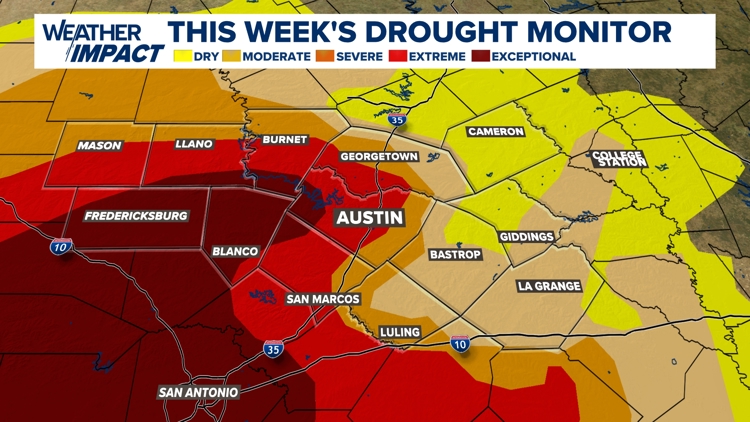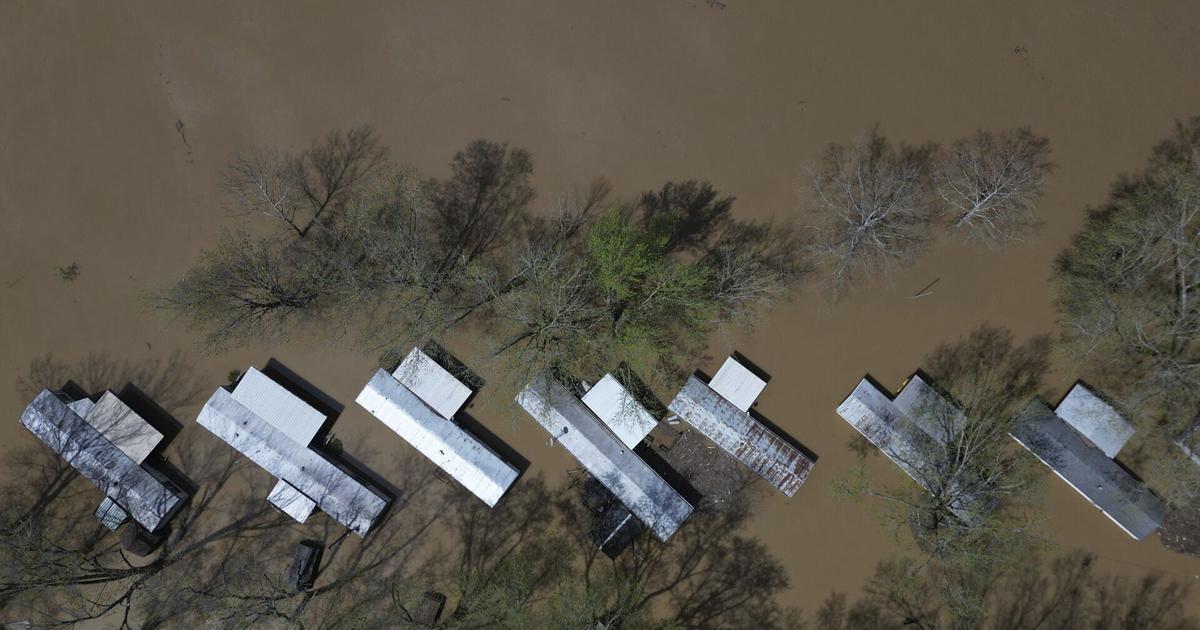April 15, 2025 This article has been reviewed according to Science X's editorial process and policies . Editors have highlightedthe following attributes while ensuring the content's credibility: fact-checked peer-reviewed publication trusted source proofread by Li Yali, Chinese Academy of Sciences Mid-ocean ridge basalts (MORBs), located far from subduction zones, are typically thought to be unaffected by subduction processes. However, some MORBs display arc-like geochemical signatures—including negative Nb anomalies and elevated H 2 O/Ce and Ba/Th ratios—referred to as "ghost-arc signatures.
" The origins of these signatures remain controversial. Factors such as mantle plume material, recycled sediments, ancient cratonic mantle, and subducted altered mantle complicate the identification of their source using traditional radiogenic isotopes. A recent study led by Prof.

Zeng Zhigang from the Institute of Oceanology of the Chinese Academy of Sciences (IOCAS), along with collaborators, has shown that molybdenum (Mo) isotopes can provide new insights into the origin of ghost-arc signatures in MORBs. This research is published in Earth and Planetary Science Letters . The team analyzed Mo isotopes in fresh basalts from the South Atlantic mid-ocean ridge (15–24°S).
They discovered heavy Mo signatures similar to those found in arc basalts influenced by subduction fluids, alongside low (La/Sm)N, Nb/Zr, and Ce/Pb ratios, as well as non-enriched Sr-Nd isotopes. These characteristics cannot be attributed to interactions with recycled sediments, the lithospheric mantle, or the St. Helena plume.
By integrating seismic tomography and plate reconstructions, the researchers linked these geochemical signatures to the subduction-modified mantle beneath the southwestern margin of Gondwana during the Mesozoic era. This mantle component was transported toward the upper mantle beneath Gondwana by a process known as supersized flat subduction and ultimately served as the source for the studied MORBs. "This study not only provides key evidence for the role of the ancient subduction-modified mantle in shaping the current heterogeneity of MORB mantle but also offers a new perspective on the origin of ghost-arc signatures in global MORBs," said Dr.
Chen, the first author of the study. More information: Zuxing Chen et al, Molybdenum isotope evidence for subduction-modified mantle beneath mid-ocean ridges, Earth and Planetary Science Letters (2025). DOI: 10.
1016/j.epsl.2025.
119294 Journal information: Earth and Planetary Science Letters Provided by Chinese Academy of Sciences.
Environment

New evidence uncovers origin of 'ghost-arc signatures' in global mid-ocean ridge basalts

Mid-ocean ridge basalts (MORBs), located far from subduction zones, are typically thought to be unaffected by subduction processes. However, some MORBs display arc-like geochemical signatures—including negative Nb anomalies and elevated H2O/Ce and Ba/Th ratios—referred to as "ghost-arc signatures."















